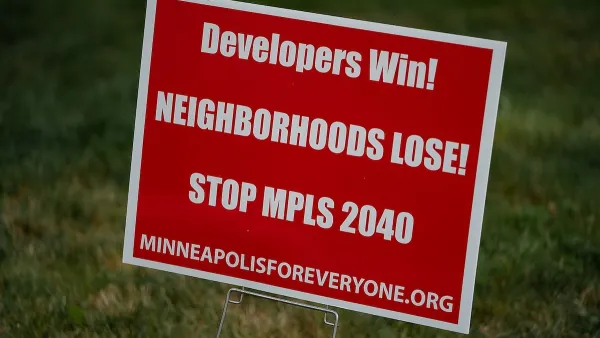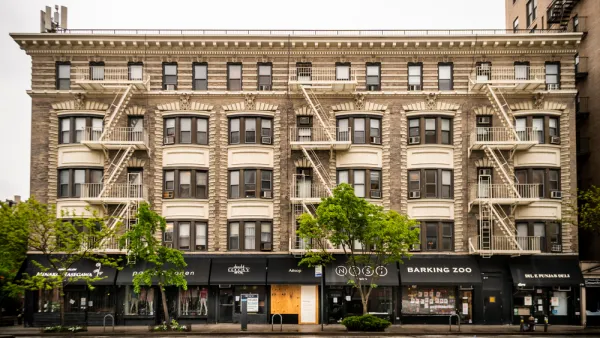The city is experiencing significant growth and development, but it has a complicated history of booms and lags and its civic future is uncertain.

Mitchell Schwarzer takes a closer look at the development history of Oakland, California, through its various booms—starting in the 1920s, then in the 1960s and 2010s, and now reflected in the current construction flurry in downtown Oakland.
While he welcomes the density and vibrancy that will come with the many new residential, hotel, and office buildings, Schwarzer argues that important aspects of the city, as well as its vulnerable residents, are being ignored by civic leaders. "Expanded rail and bus networks, education systems, parks, and civic buildings — active ingredients in earlier times of city-making — are largely absent. The myriad interrelated functions that maintain a public city are being neglected."
Schwarzer grapples with this conflict between Oakland’s new outlook, after periods of neglect when other cities like San Francisco and Berkeley reoriented themselves and flourished, and the rapidly growing problems with homelessness, poverty, and an extreme lack of affordable housing.
These new pricey rentals and condos, to a certain degree, make older housing more available, as they have in the past, he notes. "But it is increasingly common to hear longtime residents voice nostalgia for the days when Oakland was bypassed by global capital flows, when downtown was a dead zone in the dark hours, and cranes were seen only at the Port — when the all-too-gritty reality of the Town kept investors away."
Schwarzer concludes by saying that a plan for affordable housing and a commitment to public investment must be top priorities. He also urges residents who want to live in a modern-day city like Oakland to wake up to the realities:
Most folks oppose suburban sprawl into wild lands and farms. Most enjoy vital urban centers, and understand the need for affordable housing. Most celebrate class and ethnic diversity. Yet the NIMBY attitude spawned in the era of overreaching public projects remains powerful. It is simply not possible to have it both ways, attaining cosmopolitan complexity while enjoying what amounts to a suburban-style life.
The San Francisco Bay Area has experienced astounding economic growth, says Schwarzer, and he wants cities like Oakland to affirm the public city—one that is dense, equitable, and focused on the needs of all residents—rather than supporting privatization and economic and social exclusion.
FULL STORY: Privatizing the Public City

National Parks Layoffs Will Cause Communities to Lose Billions
Thousands of essential park workers were laid off this week, just before the busy spring break season.

Retro-silient?: America’s First “Eco-burb,” The Woodlands Turns 50
A master-planned community north of Houston offers lessons on green infrastructure and resilient design, but falls short of its founder’s lofty affordability and walkability goals.

Delivering for America Plan Will Downgrade Mail Service in at Least 49.5 Percent of Zip Codes
Republican and Democrat lawmakers criticize the plan for its disproportionate negative impact on rural communities.

Test News Post 1
This is a summary

Test News Headline 46
Test for the image on the front page.

Balancing Bombs and Butterflies: How the National Guard Protects a Rare Species
The National Guard at Fort Indiantown Gap uses GIS technology and land management strategies to balance military training with conservation efforts, ensuring the survival of the rare eastern regal fritillary butterfly.
Urban Design for Planners 1: Software Tools
This six-course series explores essential urban design concepts using open source software and equips planners with the tools they need to participate fully in the urban design process.
Planning for Universal Design
Learn the tools for implementing Universal Design in planning regulations.
EMC Planning Group, Inc.
Planetizen
Planetizen
Mpact (formerly Rail~Volution)
Great Falls Development Authority, Inc.
HUDs Office of Policy Development and Research
NYU Wagner Graduate School of Public Service





























